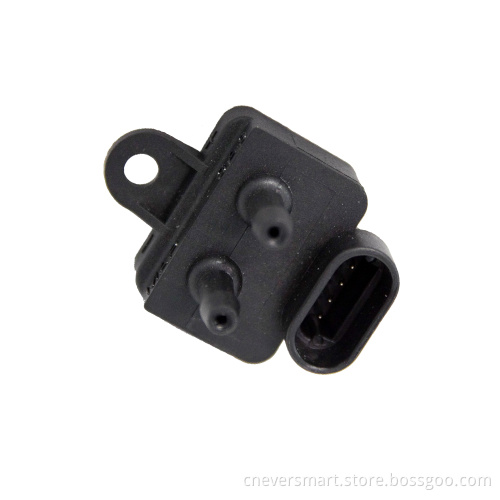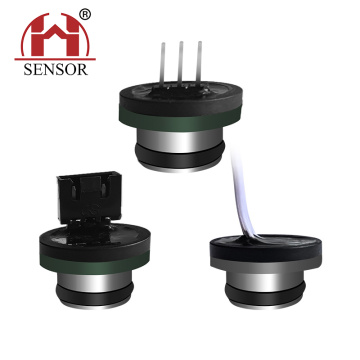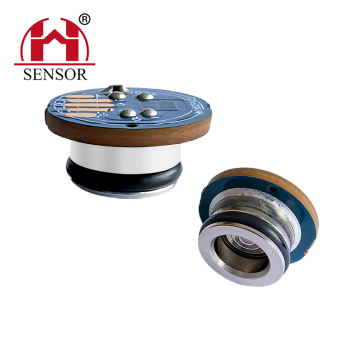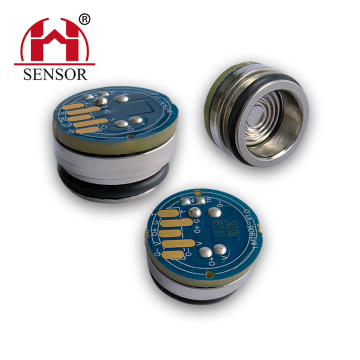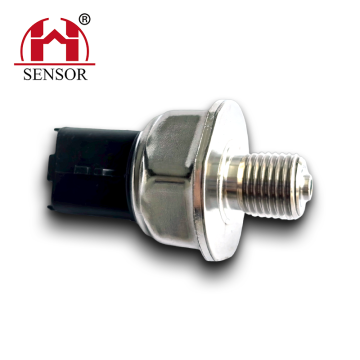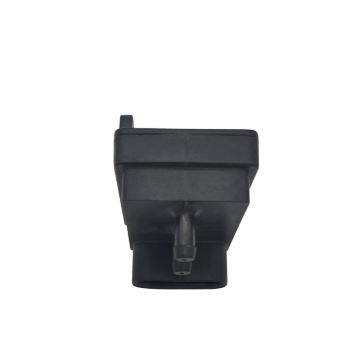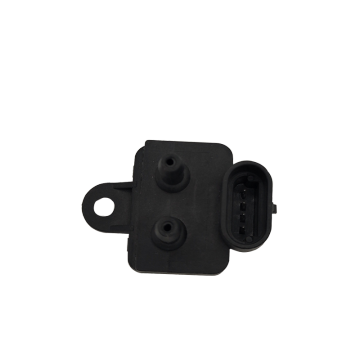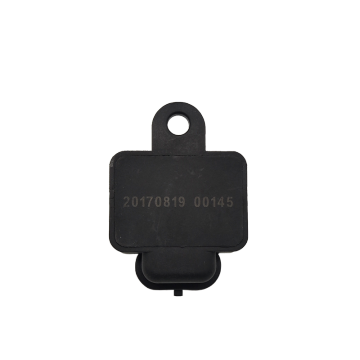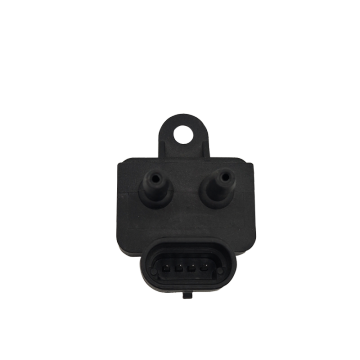
Air Differential Pressure Sensor CNG Sensor
-
$10.00≥1000 Piece/Pieces
- Min. Order:
- 1000 Piece/Pieces
- Min. Order:
- 1000 Piece/Pieces
- Transportation:
- Ocean, Land, Air
- Port:
- Jiangmen, Guangzhou, Shenzhen
Your message must be between 20 to 2000 characters
Contact Now| Place of Origin: | Guangdong |
|---|---|
| Productivity: | 100000pcs/month |
| Supply Ability: | 100000pcs/montjh |
| Payment Type: | L/C,T/T,D/P,Paypal,Money Gram,Western Union |
| Incoterm: | FOB,CFR,CIF,EXW,FCA,CPT,CIP |
| Certificate: | IATF16949 |
| Transportation: | Ocean,Land,Air |
| Port: | Jiangmen,Guangzhou,Shenzhen |
Product description
A visual inspection of all wiring and
connectors is the first thing to do when evaluating a sensor for
diagnosis. Also visually inspect the
harness itself to see if there are any signs of friction, corrosion, or broken
wires. On the CNG/LPG differential pressure
sensor, there are two hoses connected to the sensor. These hoses should be inspected for any
cracking or melting. If the hose is
damaged in any way, it should be replaced.
Also check that the hose is blocked if there is no obvious damage. Disconnect the hose and clean it out. If the hose cannot be removed, replace
it. To perform an electrical test on a
differential pressure sensor, you will need a voltmeter set to DC voltage and a
backpressure meter. Before performing
any tests on the sensor, check the battery with a multimeter to make sure it is
fully charged. The voltage reading on
the battery should be at least 12.6 bolts.
Most differential pressure sensors have 5 volts reference, ground, and
signal wires. You may need to check the
service information to find out which wires are on the CNG/LPG differential
pressure sensor you are testing.
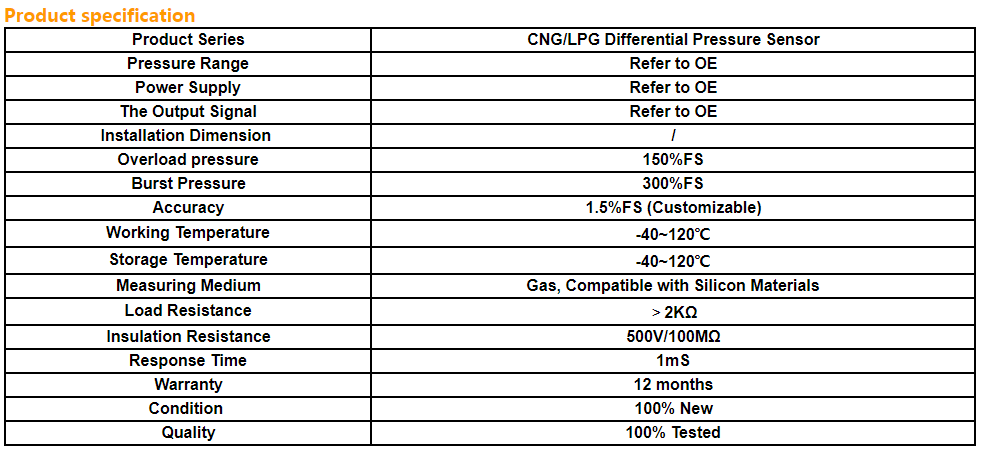




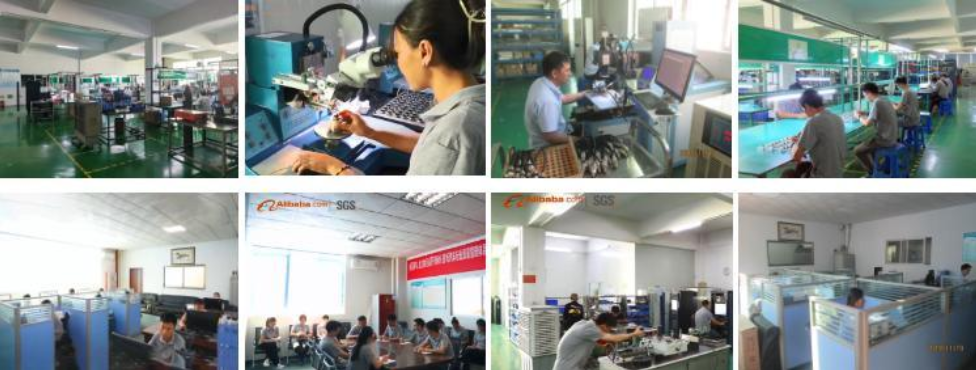





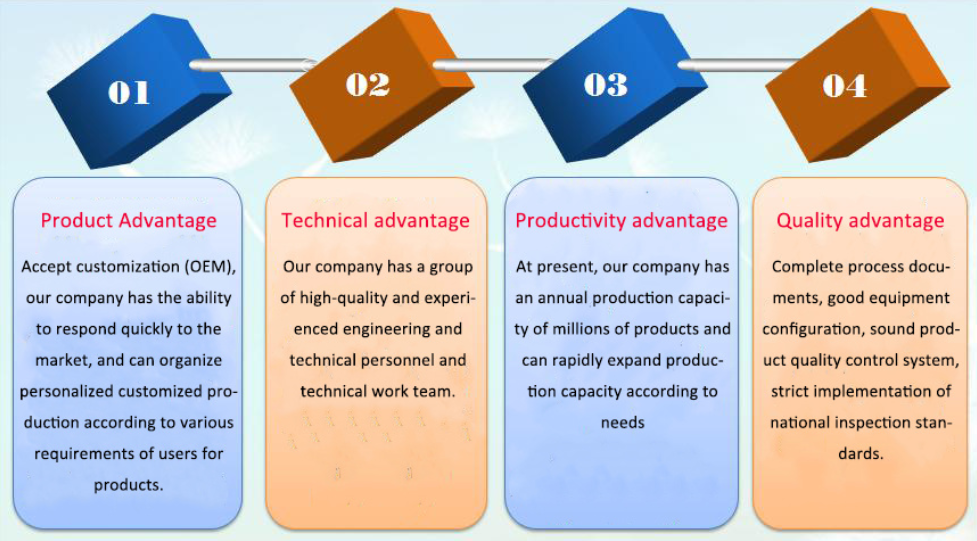
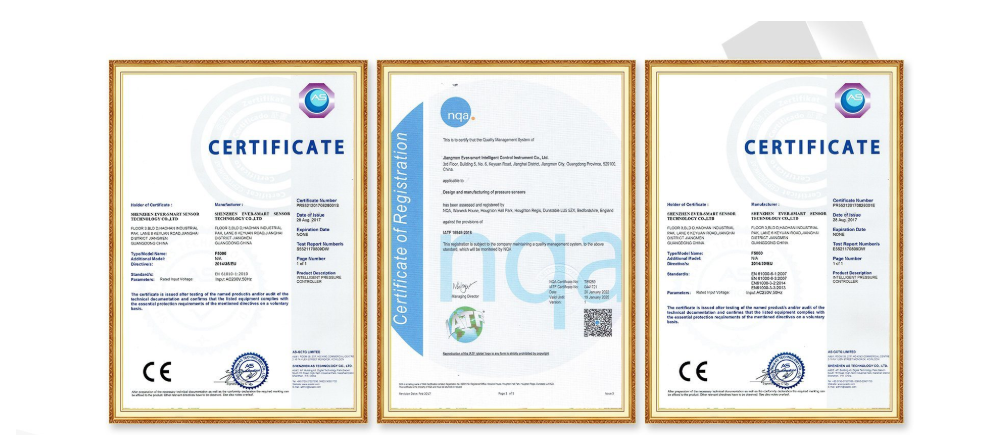
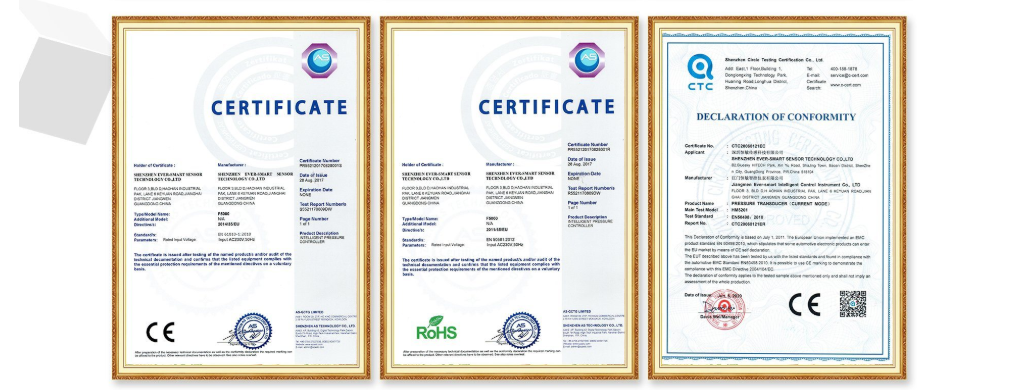
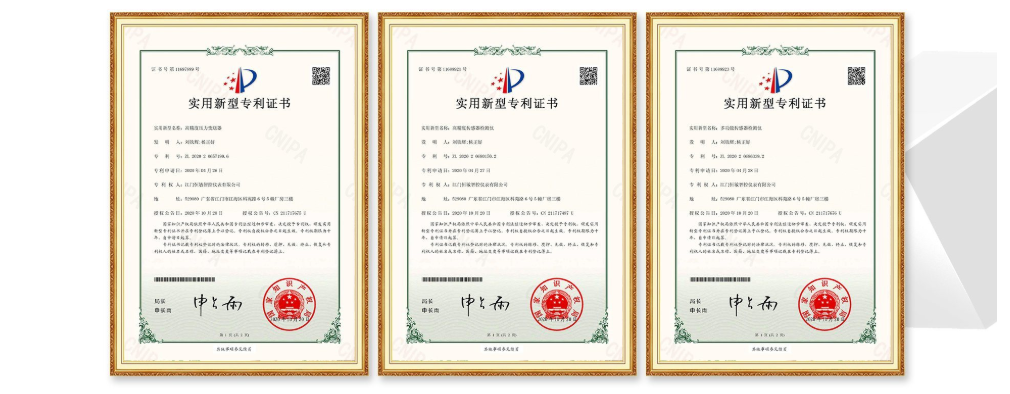





Related Keywords



